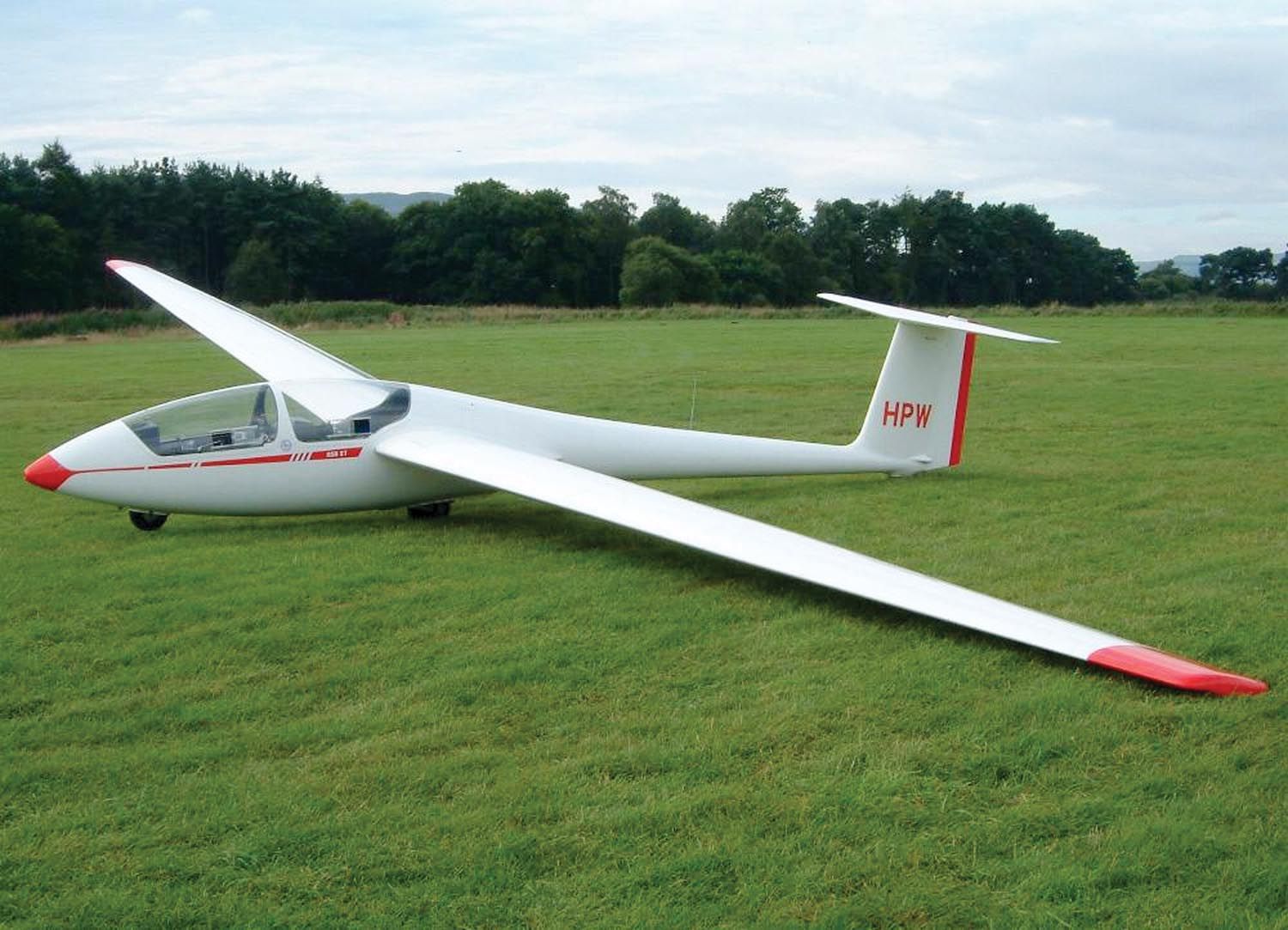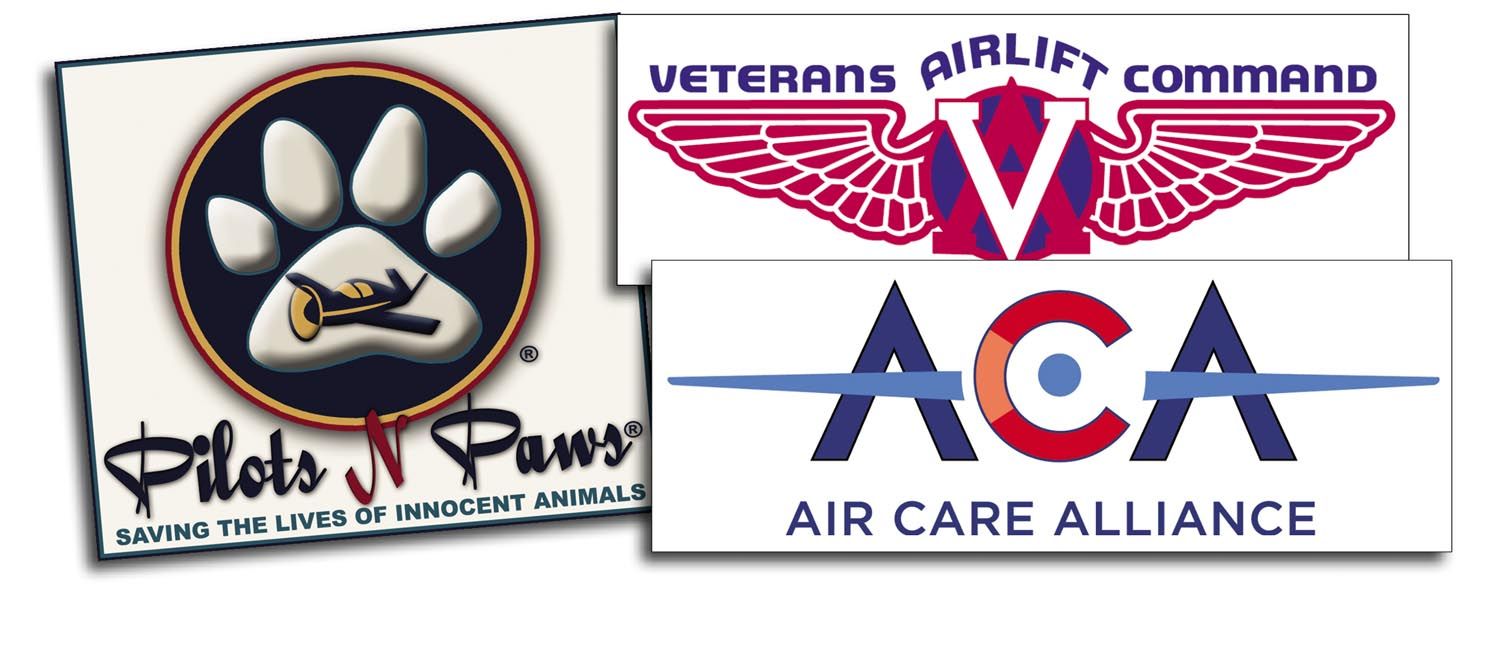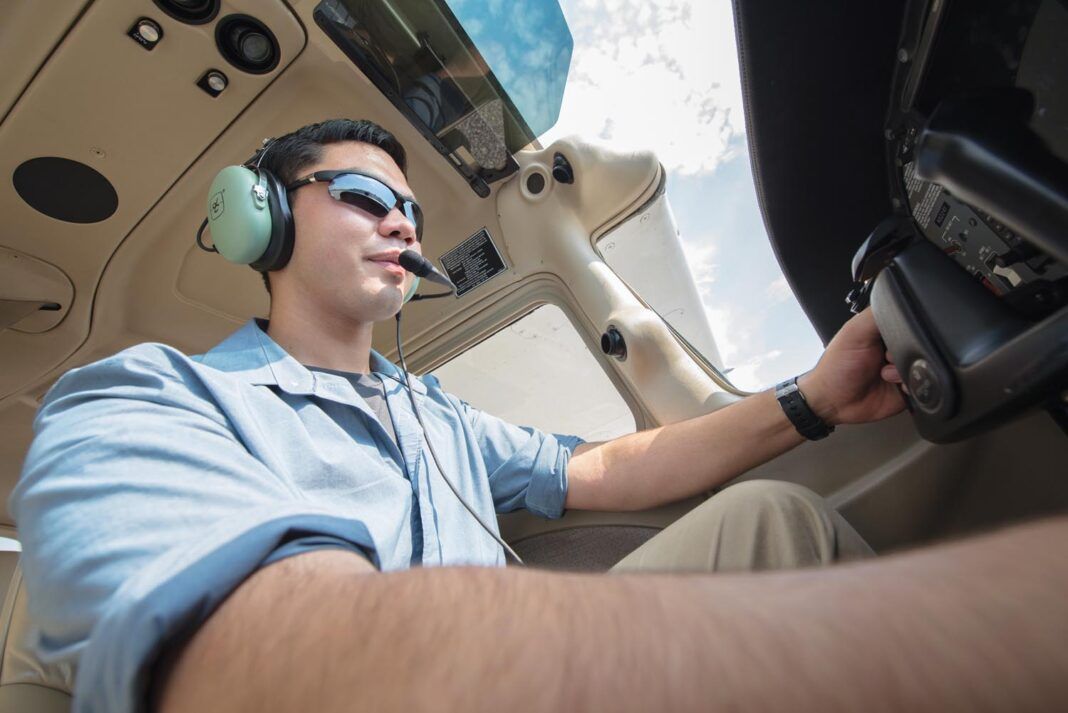Congratulations! Earning your private pilot certificate or an advanced rating is a huge accomplishment. It takes a lot of commitment and perseverance. In fact, through happenstance, bad luck or the pressures of life, many never make it across that finish line. To all who fit that description, I encourage you to pick up the checklist and try again. Your hours never expire and you are never too old.
I remember the day I stood on the ramp as a newly minted pilot, the ink of my examiner’s signature barely dry. Mixed in with the pride of an accomplishment hard won was the feeling of total exhaustion. It was not easy to meet each new requirement and, as one of my fellow pilots said, it was like drinking from a fire hose.
If your certificate is a relatively new one, I have to ask: Is that it? That’s all you wanted to achieve, earning the certificate? What about using it? Why were you motivated to start taking flying lessons in the first place? Do you still want to achieve that goal?
Whether you plan a career as a pilot or just like the idea of being one, the old saying that the private certificate is a license to learn is true in many ways. It can be the foundation for a climbing-the-ratings ladder to the left seat of something with an airline logo on the side, or just a fun, convenient way to open unrelated doors.
What you do with your pilot certificate is up to you, of course, but there are many ways to stay involved in aviation, learn a few things and meet some new people, while perhaps even giving back to the community.
Continuing Education
At the end of the day, it doesn’t matter whether you plan to use your certificate for transportation, recreation, as a springboard to a career or something else. If you plan to continue flying, you also need to continue your aviation education. Keeping up with regulatory changes alone is a reason to seek out and incorporate new developments into your aviation knowledge.
Of course, you’re reading this, so you already have at least an interest in what to do next, and how to do it. Seeking out and consuming content like this magazine and many others is also a good choice, and will allow you to not just maintain, but also grow your skills as a pilot.
It doesn’t need to be formal, either. Perhaps going down to your local airport and posting something on the bulletin board will help you find a buddy to fly with, and encourage you to at least go out and practice landings. When you get good enough, make them spot landings. Even searching for the perfect $100 hamburger will pay dividends.
Climbing The Ladder
Every time my wife meets the spouse of a new pilot, the first thing she tells them is to encourage adding the instrument rating. In addition to adding new flexibility and capability to your flying, minimizing the risk of a VFR-into-IMC mishap is a goal all of us should work toward, and the instrument rating is a basic rung in the ladder toward safe, reliable flying beyond your local airport’s traffic pattern.
Of course, if you plan to make flying into a career, another logical rung is to earn the commercial certificate. At first blush, the single-engine commercial certificate may seem relatively worthless since it alone does not authorize you to receive compensation for transporting persons or property. If you want your buddies to help with gas money for the flights to Vegas, you can do that without the commercial—certain other rules apply—but if you want to actually earn money flying in a banner-towing operation or at a jump zone, for example, the commercial certificate is a bare minimum.
Smaller Ladder Rungs
And don’t forget there are smaller rungs in the ladder than ratings: endorsements. Endorsements can be a relatively inexpensive and quick way to expand your capabilities. Before flying a high-performance airplane (one with more than 200 horsepower), a complex airplane (retractable landing gear, flaps and a controllable pitch propeller) or a taildragger, with conventional landing gear, you’ll need to spend a few hours with an instructor. There’s no test, written or practical, but you will need to convince the instructor you can safely fly the thing. These endorsements will expand the size and speed of the airplanes you can fly, along with the airports that you can visit.
 If adding a new rating or certificate feels like more than you want to bite off just yet, maybe consider the baby step of adding a glider rating? Since there’s no engine involved, it’s almost guaranteed to expand your understanding of aviation and flight in new directions. It’s an add-on to your existing private certificate, but you may be surprised how directly transferable your new stick and rudder skills can be. You could get your glider rating in a couple of weekends.
If adding a new rating or certificate feels like more than you want to bite off just yet, maybe consider the baby step of adding a glider rating? Since there’s no engine involved, it’s almost guaranteed to expand your understanding of aviation and flight in new directions. It’s an add-on to your existing private certificate, but you may be surprised how directly transferable your new stick and rudder skills can be. You could get your glider rating in a couple of weekends.
One other benefit you may enjoy as a glider pilot: You will be trained to always be looking for lift. Our powered friends may call this turbulence, but as a direct result of earning a glider rating, I have a far better understanding of the causes and reasons for lift/turbulence, and can better predict how to find (or avoid) it.
Staying Sharp
Many newly certificated pilots find themselves without a reason to fly regularly, even if they have the time and resources. Now that you’re no longer engaged in training each time you fly, what are you going to do to keep those skills sharp? Volunteering your time to introduce non-pilots to aviation is one way to combine your need to stay sharp with a desire to give back to the community that trained you. Exploring volunteer opportunities can be a great way for you to find a new purpose in aviation.
The Civil Air Patrol (CAP) is a civilian auxiliary of the U.S. Air Force providing a number of services to the community, including search and rescue, youth programs and aerospace education. Another of the CAP’s missions is to provide emergency services for those pilots who are overdue and unaccounted for. The CAP may launch an aircrew to go search for them.
Cadets involved with CAP’s youth program may also participate in orientation flights, flown by a certified pilot. That could be you. As an orientation-flight pilot, you will fly kids who have a demonstrated interest in aviation. There also is a significant amount of training that CAP provides to its pilots. The pilot is responsible for any costs associated with the aircraft use, however; no CAP instructor is financially compensated by the organization.
The Experimental Aircraft Association (EAA) also has programs focused on youth, including the Young Eagles, which is designed to introduce kids to aviation. Our local chapter holds rallies the first Saturday of each month (when the weather cooperates), and it’s a fantastic opportunity to keep your skills current while introducing kids to the joy of small planes. It’s a chance to ignite the passion of aviation in a new generation. Several of the kids I’ve flown over the years have come back to show me their ATP tickets with great pride.
Public Benefit Flying
Angel Flight provides transportation for people who are seeking medical treatment at distant facilities. As a newly minted pilot, you may find yourself benefiting from the cross-country experience that you will gain providing this aid. Even if you don’t feel competent to fly the mission by yourself, there’s often room for you as a second pilot to go along and learn the ropes. It’s good experience. In the same vein of providing transportation for medical care, there is also Doctors Without Borders, Veterans Airlift Command and Pilots N Paws.
All of these charitable organizations will provide you a reason to go out and hone your flying skills, or contribute to their cause in other ways. They can also provide you with a community and a place that you can belong. Having access to a group of fellow pilots and potential mentors is another way keep you engaged in aviation.

Just Do It
In November, I found myself in the UK, sitting in an open-cockpit de Havilland Tiger Moth with the stick in my hand and my instructor yelling, “Contact!” as a friend out front hand-propped the engine. That short flight was the highlight of my trip. It had little to do with proficiency or continuing my aviation education, but it was worth every farthing.
With your pilot certificate, an amazing, dynamic world has become available. It would be a shame to waste the opportunity.
I love to go out to the airport, just not when it’s raining. However, just because it’s not flying weather doesn’t mean that we can’t enjoy aviation and learn something, too. There are any number of excellent aviation-oriented rainy-day podcasts and YouTube channels you can enjoy.
One of the best bargains in aviation is the FAA’s FAASTeam and its WINGS program. Have you considered working on some FAA Wings achievements? There are all kinds of online courses and classes that you can take for free. You do not have to be a flight Instructor or mechanic to get some valuable insights. Even if we can’t fly for real, we can always hangar-fly!
Type clubs and brand-specific forums are all over the internet. Search for those types interesting to you and dive in. Even if you’re looking for generic information, don’t overlook these valuable resources.




